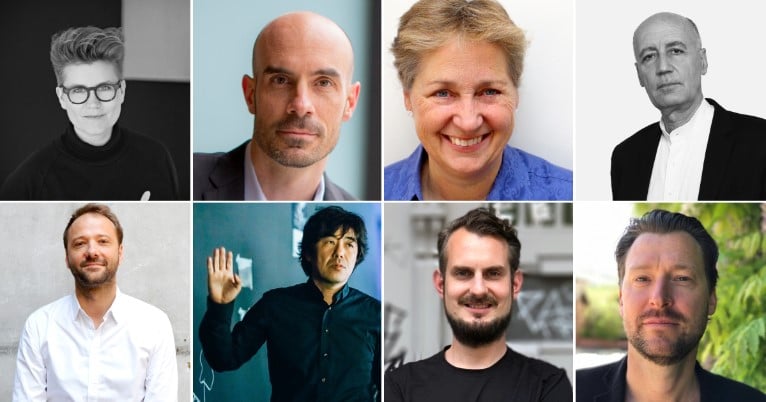
Hiroshi Sambuichi (Japan), Nicolas Michelin (France), Rasmus Astrup (Denmark) and Vincent Le Garrec (France) will be on stage as keynote speakers at the Velux Group’s Daylight Symposium x Healthy Buildings Day, the only forum in the world dedicated to build the bridge from knowledge to practice and explore the role of daylight in building design along with the interlink between light and health.
Aiming at bringing science, architecture practice and the building industry closer together, VELUX two knowledge-sharing and best-practice platforms will for the first time be held back to back. More than 500 scientists, architects, developers, urban planners, building owners, professional housebuilders, government representatives, and building professionals from North America, China and Europe will convene in the historic site Le Carreau du Temple of Paris, 9 and 10 October, to introduce and exchange their latest research and building practice but also discuss how healthy buildings can be a cornerstone in everyday living today.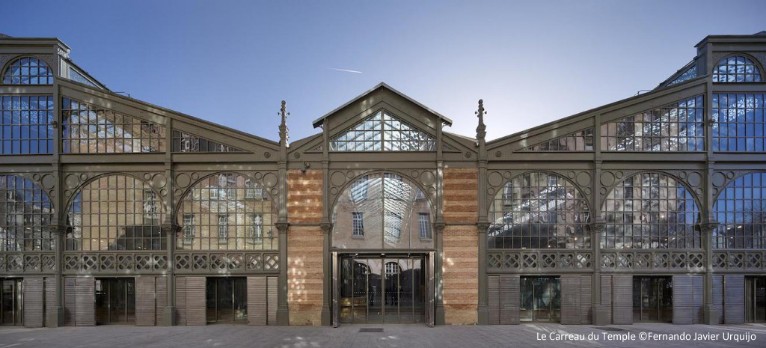
Designing with the power of nature
Representing different parts of the continent and architecture practices, there’s however one thing that unifies these highly respected architects soon to be staged: They all look to nature for inspiration. They have carefully considered how to harness the power of nature and executed these driving forces in their state-of-the-art architecture.
For Hiroshi Sambuichi (founding partner of Sambuichi Architects) earth, wind, air, water, and the sun are integral parts of his building designs, in particular the Shizuki Castle House and Naoshima Hall in Japan. 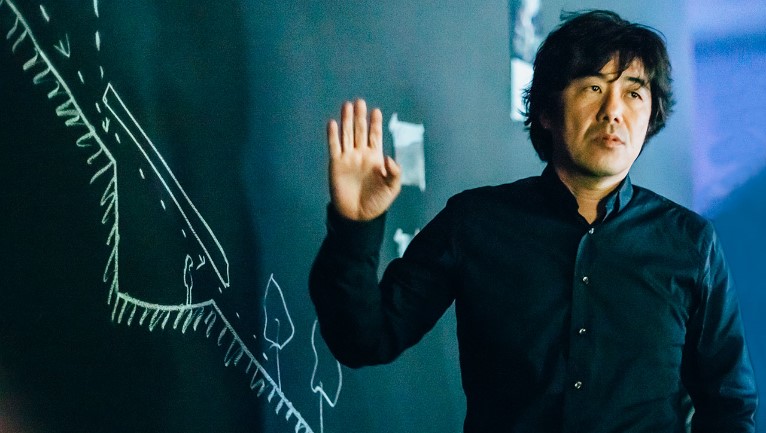
Both will be focal points of his presentation at the Daylight Symposium. As such, his buildings exist in harmony with their surroundings – and his approach allows daylight to always be present in its variable life. It is not objectifying light as a singular event, but rather opening our awareness and experience of light to be timeless, fluid and rich.
Nicholas Michelin (founder of ANMA) is leading the way in the field of “ultra-contextuality”. 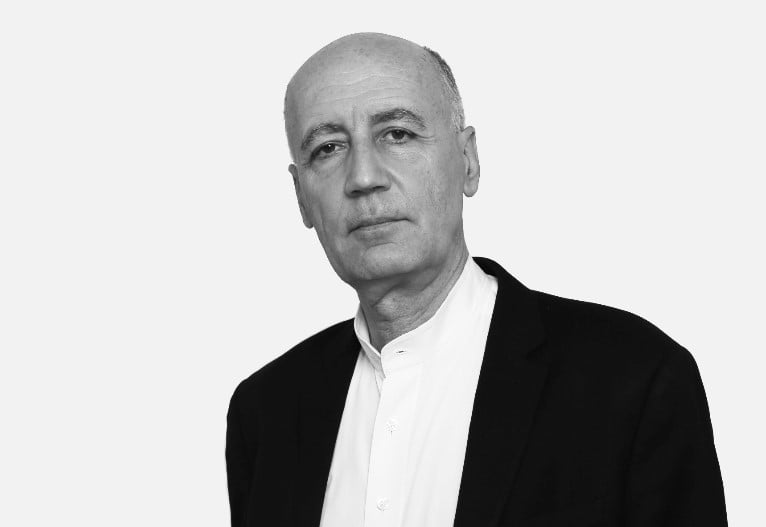
He coined this term in order to refer to the seamless integration of buildings into their surroundings. Michelin will discuss the use of daylight and natural ventilation in architectural design with a presentation of the urban planning project Les Bassins à flot Housing. Located in the historic area of Bordeaux, listed on UNESCO’s World Heritage Site list, it was developed on the idea of “doing cities differently”. One of its signature features are the inter-climate zones and a post-occupancy evaluation of the building performance will be shared, demonstrating how to design for an optimum indoor comfort.
Vincent Le Garrec (co-founder and leader of Nomade Architectes) agency in Vannes, Brittany) is a daylight practitioner in a broad diversity of projects, housing, schools, and public buildings in the Grand Ouest Region of France. Le Garrec will show his latest projects, a wide range of residential buildings, from collective housing and row houses programmes in Rennes, Caen, Vannes and Nantes urban areas, up to various residences for senior citizens.
Rasmus Astrup, a partner and design principal of SLA, a renowned Danish landscape architecture consultancy, will together with Frederic Chartier (Architect, Partner, Chartier-Dalix Architects) present their The Multi-Layered City - Reinventing Paris. 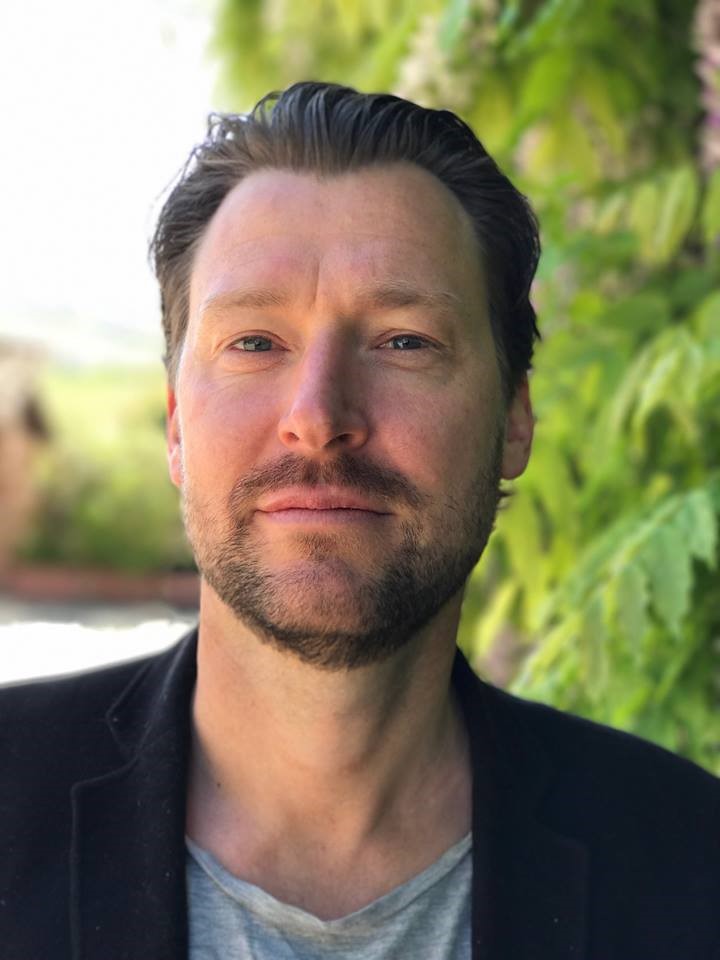
The winning project puts a 5,000 m2 urban roof deck across the Boulevard Périphérique and ties the city together with its suburbs. In this new intermediate area, you will find a free arrangement of housing and office buildings and an abundance of nature-filled public spaces. The project combines nature-based ecosystem services, fully climate-adapted urban spaces and new social meeting places with underground parking, pedestrian-friendly connections and large roof terraces. The buildings are linked at roof level where you, among other things, will find the first Parisian tea plantation.
Reinforcing the evidence-based approach to building design
Leading scientists will share research centered around the topic of daylight and building design supporting health and wellbeing, among others Joseph Allen (Assistant Professor, Department of Environmental Health, Harvard University and founder of ForHealth.org). 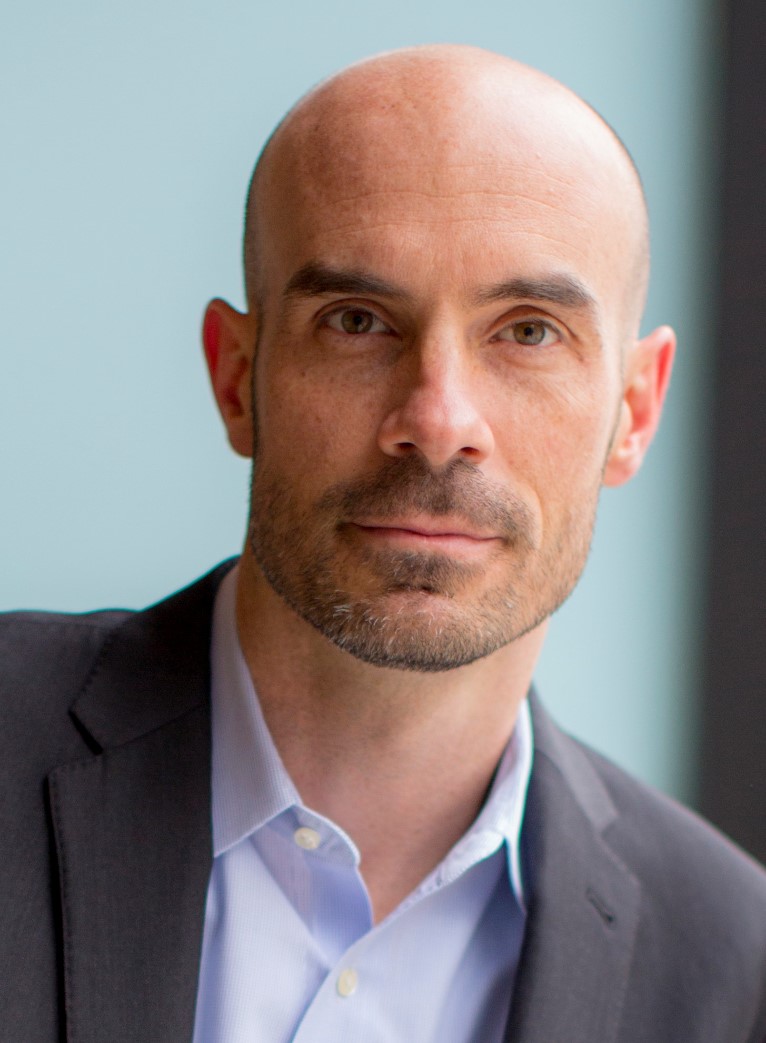
In his keynote speech Allen will focus on his 9 foundations of a healthy building as a standardized, holistic approach to understanding how buildings impact the people inside them. In any indoor space - offices, homes, schools, airplanes - these foundations can be assessed via Health Performance Indicators, or HPIs.
Till Roenneberg (Professor, Head of Human Chronobiology, Ludwig Maximilian University of Munich (Germany) will focus on the impact of light on the human circadian rhythm while Vivian Loftness (Professor, Carnegie Mellon University (US) will outline how environmental surfing for health and productivity can bolster us for a resilient future.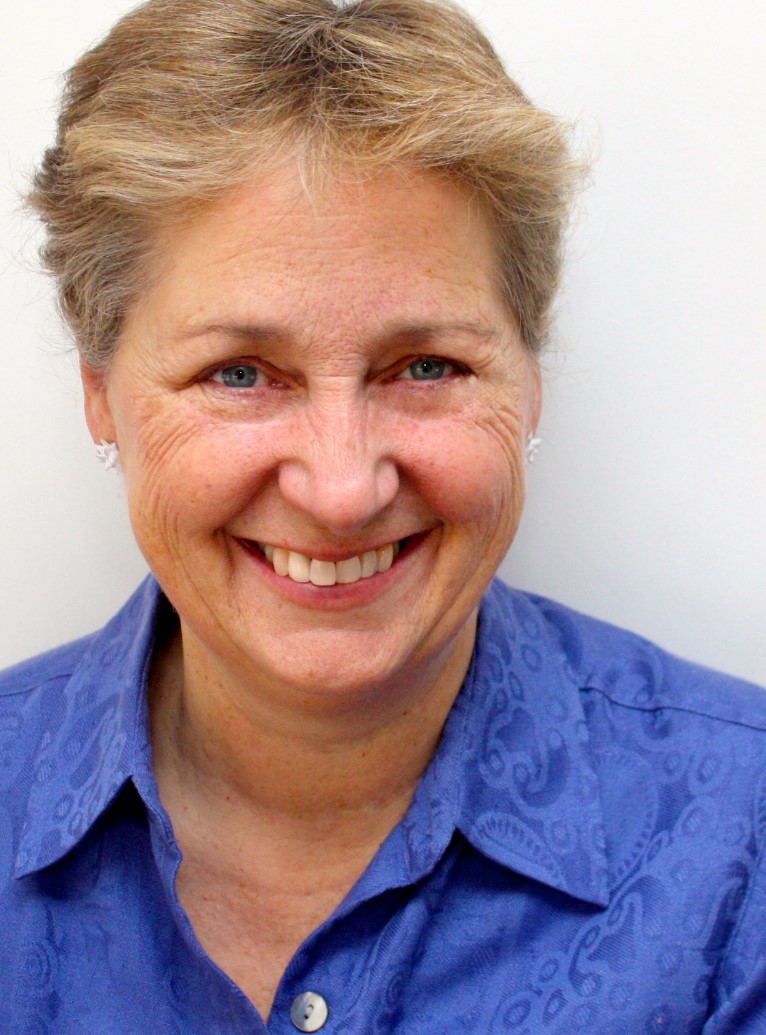
How do we move from uniqueness to scalability?
In breakout sessions, participants will be invited to fuel the conversation, share viewpoints, best practices but also challenges met, when moving from conceptualisation to reality and from state-of-the-art to scalability.
Keynote speaker in the opening plenary of Healthy Buildings Day Carla Camilla Hjort, co-founder of SPACE 10, a future living lab in Copenhagen set up in collaboration with IKEA, will also kick-start the Future Living session, looking at main trends likely to change the concept of a home and the way that homes will be constructed in the future.
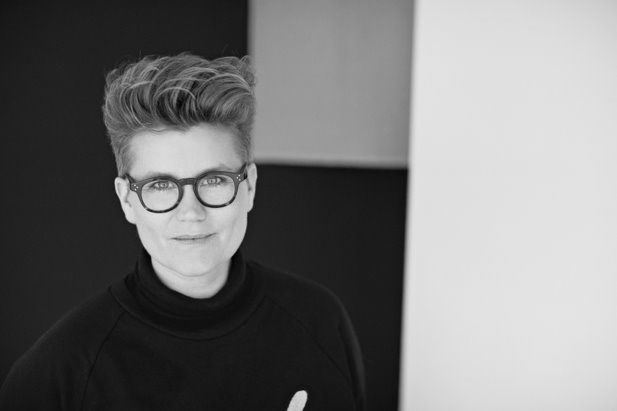
Population growth, a shortage of affordable housing, sustainability, energy regulations and expectations of homeowners are they, in example, among the factors that will drive the transformation of the residential housing? How do we make healthy homes the new norm?
Simon Becker, CEO and co-founder of Cabin Spacey, will also, in the Future Living session, share their concept for how we can shape and cohabit the future: The Cabin One Minimal House, designed with freedom and flexibility in mind as a response to the lack of livable square meters in increasingly dense cities.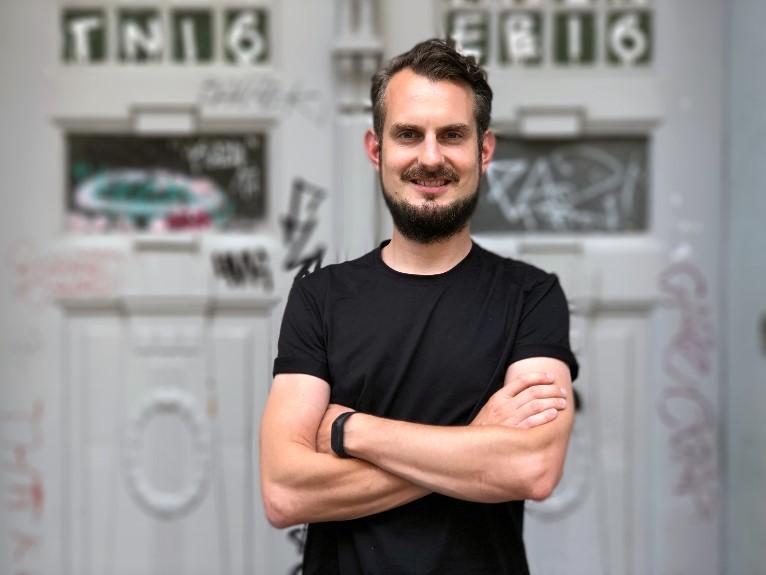
For much more about speakers and the range of topics, see https://www.velux.com/veluxdaysinparis



comment